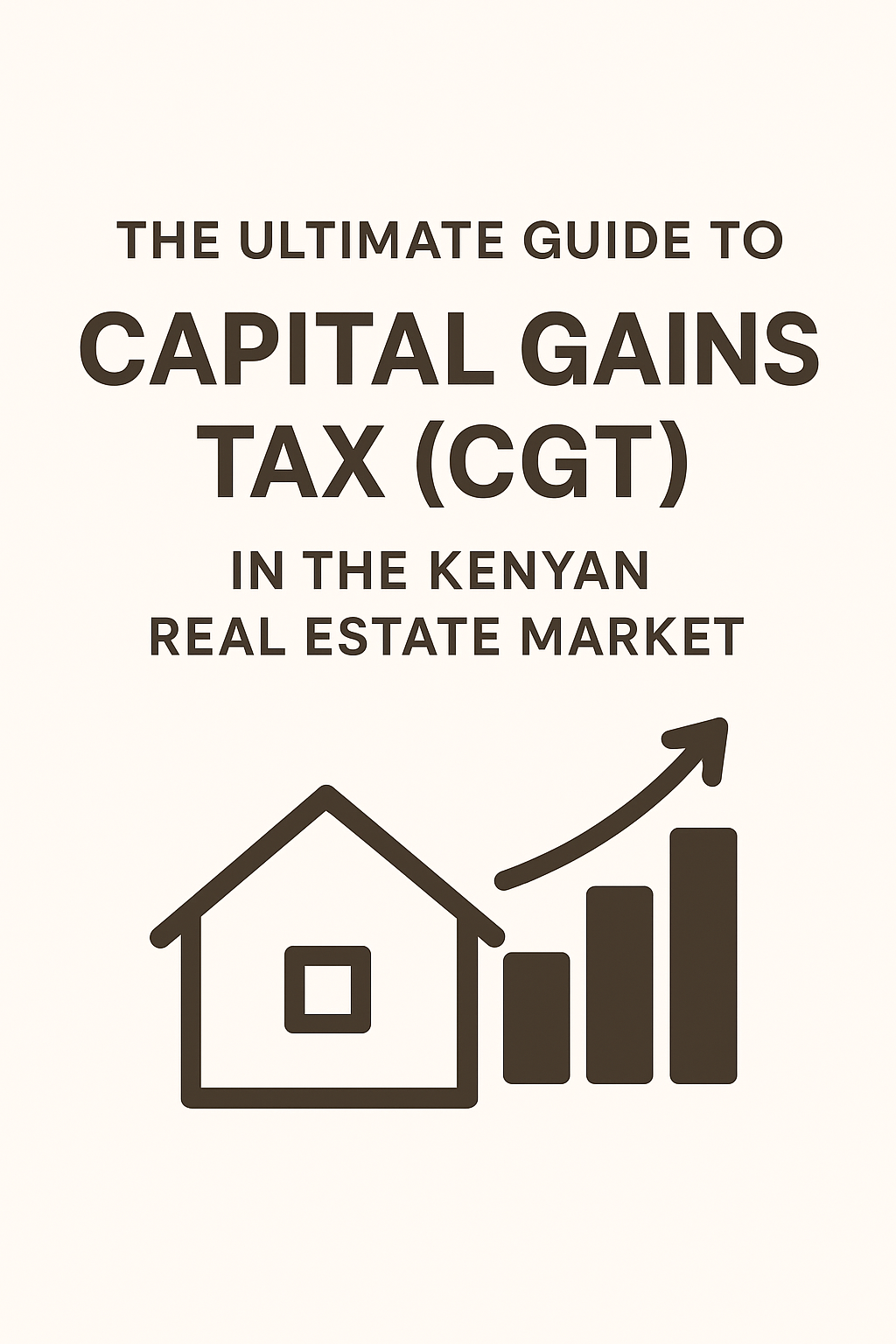Introduction
Real estate investing is a powerful wealth-building strategy, but it’s not a gamble but a simple numbers game. Success in this field requires a solid understanding of the numbers behind it. In this comprehensive guide, we’ll dive into the mathematical aspects of real estate investment, equipping you with the tools you need to make informed decisions and achieve financial success.
1. The Fundamentals of Real Estate Investing
1.1. Return on Investment (ROI)
ROI = (Net Profit / Total Investment) x 100
Imagine you invest $100,000 in a rental property, and after expenses, you earn $10,000 annually. Your ROI would be (10,000 / 100,000) x 100 = 10%. This formula helps you gauge the profitability of your investment.
Now, the next question is, in the above example, is this a good investment?. In my view, the short answer is no, one of my mentors recommends a minimum of 4% per month ROI for it to be an excellent buy. But by market standards, a property with an 8 % or more annual ROI is a good buy.
1.2. Cash Flow Analysis
Cash Flow = Rental Income – Expenses
To ensure positive cash flow, calculate your rental income and subtract all expenses, such as mortgage, property taxes, and maintenance costs. Positive cash flow ensures you’re generating income from your investment.
1.3. Cap Rate
Cap Rate = (Net Operating Income / Property Value) x 100
Cap rate is crucial for comparing different properties. If a property generates $15,000 in annual income and its value is $150,000, the cap rate is (15,000 / 150,000) x 100 = 10%. Higher cap rates often indicate better investment potential.
2. Financing Your Investment
2.1. Mortgage Rates and Calculations
Monthly Mortgage Payment = P[r(1 + r)^n] / [(1 + r)^n – 1]
Understanding mortgage rates and using this formula helps you estimate your monthly payments. Consider a $200,000 mortgage with a 4% interest rate over 30 years. Your monthly payment would be approximately $954.
2.2. Loan-to-Value Ratio (LTV)
LTV = (Loan Amount / Property Value) x 100
Lenders use LTV to assess risk. If you borrow $160,000 for a $200,000 property, your LTV is (160,000 / 200,000) x 100 = 80%. Higher LTV ratios can lead to higher interest rates.
2.3. Amortization
Amortization schedules show how your mortgage payments are allocated between principal and interest. Over time, more of your payment goes toward reducing the principal, which builds equity.
3. Appreciation and Market Trends
3.1. Understanding Appreciation
Property appreciation, often influenced by location and demand, can significantly boost your ROI. On average, properties appreciate 3-5% annually.
3.2. Historical Market Trends
Studying historical trends in your target market can provide insights into potential future appreciation. Consider factors like job growth, population changes, and infrastructure development.
4. Real-Life Scenarios: Applying the Formulas
4.1. Scenario 1: Calculating ROI for a Rental Property
We’ll walk you through a real-life example, demonstrating how to apply the ROI formula when considering a rental property.
Lets imagine you find a rental property for sale for 100K that makes a rent of 1k a month. Which mean annually you will make 12k in gross revenue. But, we must get to know your expenditure. Assuming you pay 5% to a property manager and taxes of 10%. Your net earnings will be, gross revenue, less the management cost, less the taxes. When you have this figure, now apply your ROI formula to determine if it a viable investment.
4.2. Scenario 2: Analyzing Cash Flow for a Fix-and-Flip Project
Learn how to assess the cash flow potential of a fix-and-flip property, including expenses, income, and profit margins.
To know if a property is ideal for a fix and flip project, you must be able to first establish exactly how much it will cost you to fix it to a standard that will get you the desired selling price. Work out al the costs, including your time in the project.
Most DIY investors forget to factor in their own time.
Once you have the cost of fixing it nailed, use the Cash flow formula to know if it will make sense to your would be buyer. Remember, they are looking for an investment that’s cash flow positive.
In short, the ROI formula helps you to know what’s a good buy, the cashflow formula helps you know if it is a good flip.
4.3. Scenario 3: Evaluating a Commercial Property using Cap Rate
Delve into the world of commercial real estate and see how to calculate the cap rate for a potential office building investment.
Let’s say you’re considering purchasing an office building with the following details:
5. Risk and Mitigation
Understand the risks associated with real estate investing and explore strategies for mitigating them, such as diversification and due diligence.
Let’s say you want to invest in residential real estate. Instead of putting all your money into a single high-end apartment in a trendy neighborhood, you decide to diversify:
-
Diversification: You purchase two properties – one in a desirable urban area and another in a stable suburban neighborhood. This diversifies your risk in case one market faces a downturn or one property experiences issues like vacancies or maintenance problems.
-
Due Diligence: Before buying, you conduct thorough inspections, review historical rental income and expenses, and consult with real estate professionals to ensure the properties are in good condition and have strong income potential.
-
Cash Reserves: You maintain an emergency fund that can cover three months’ worth of expenses for both properties, ensuring you can handle unexpected vacancies or repairs without financial strain.
-
Property Management: You hire a property management company to handle tenant screening, maintenance, and rent collection, freeing up your time and reducing the risk of tenant-related problems.
By applying these strategies, you’ve mitigated some of the key risks associated with real estate investing and improved your chances of long-term success in the real estate market.
6. Conclusion: The Unexplored Formula
Total Real Estate Wealth = (Net Worth – Equity in Properties) + Rental Income + Property Appreciation
We’ve covered essential formulas, but here’s an extra one to consider. Calculate your total real estate wealth, incorporating net worth, rental income, and property appreciation to gauge your overall financial health in the real estate world.
In the realm of real estate investing, numbers are your compass. By mastering these formulas and applying them wisely, you can navigate the market with confidence and build a profitable portfolio. Happy investing!





